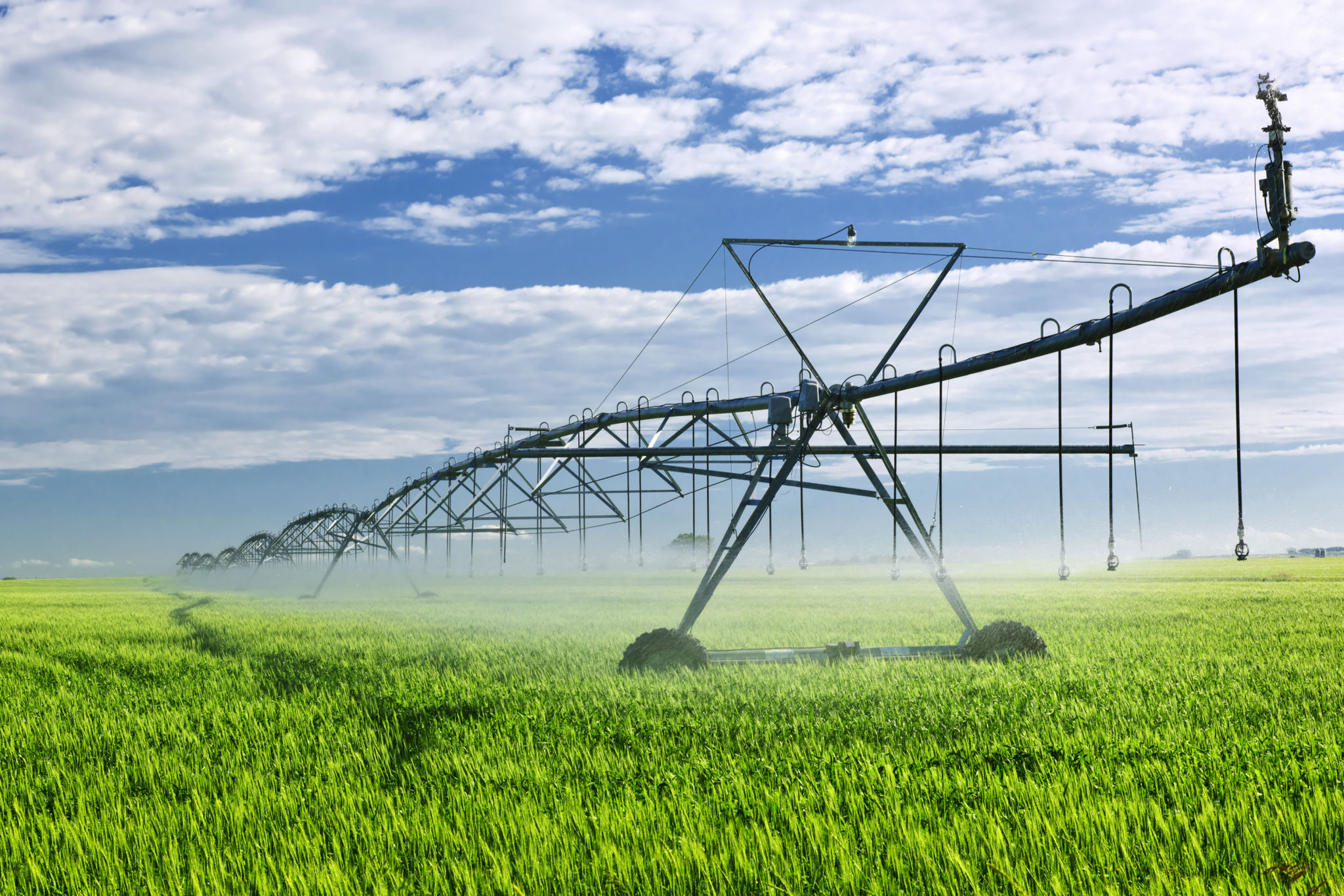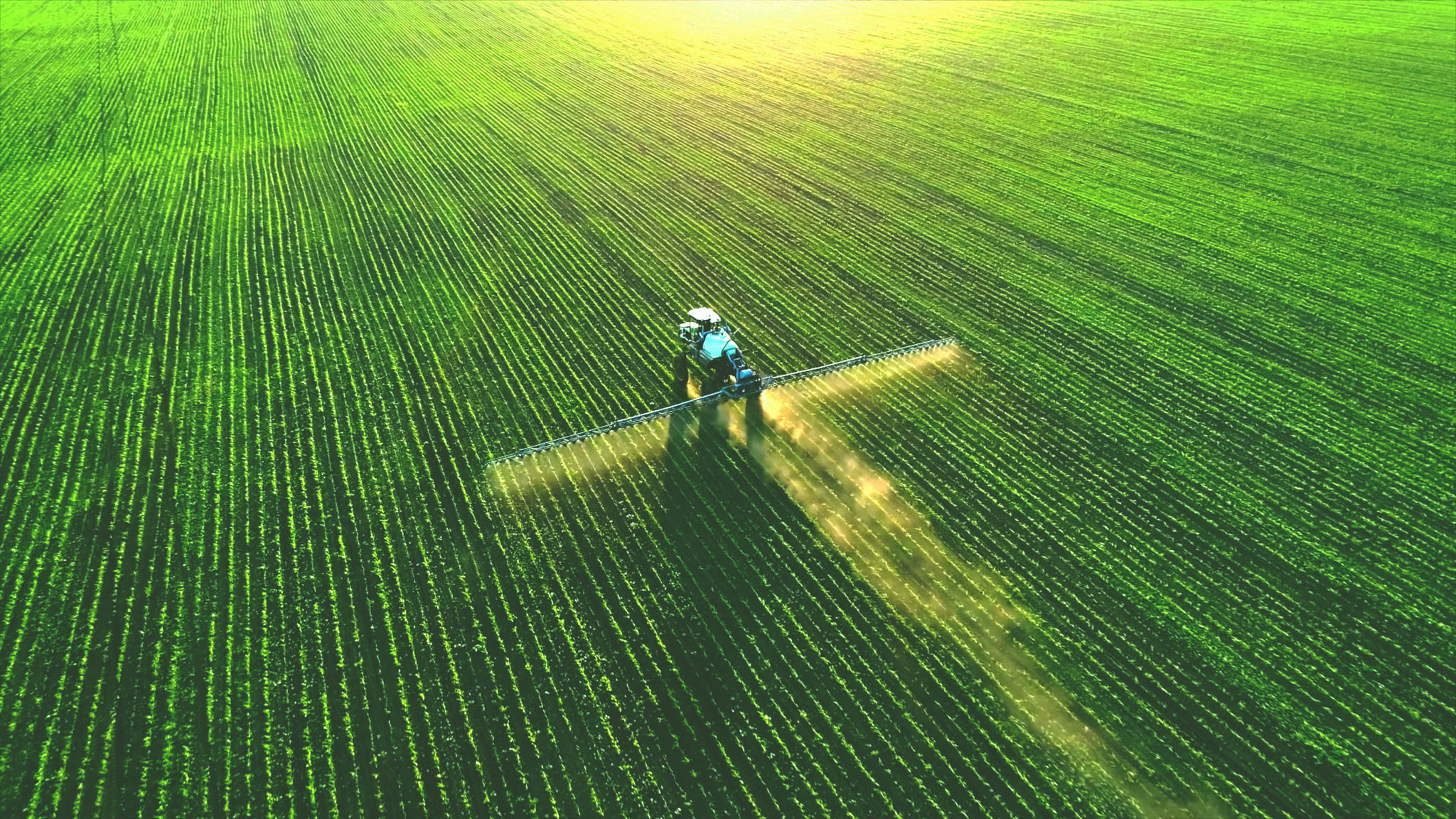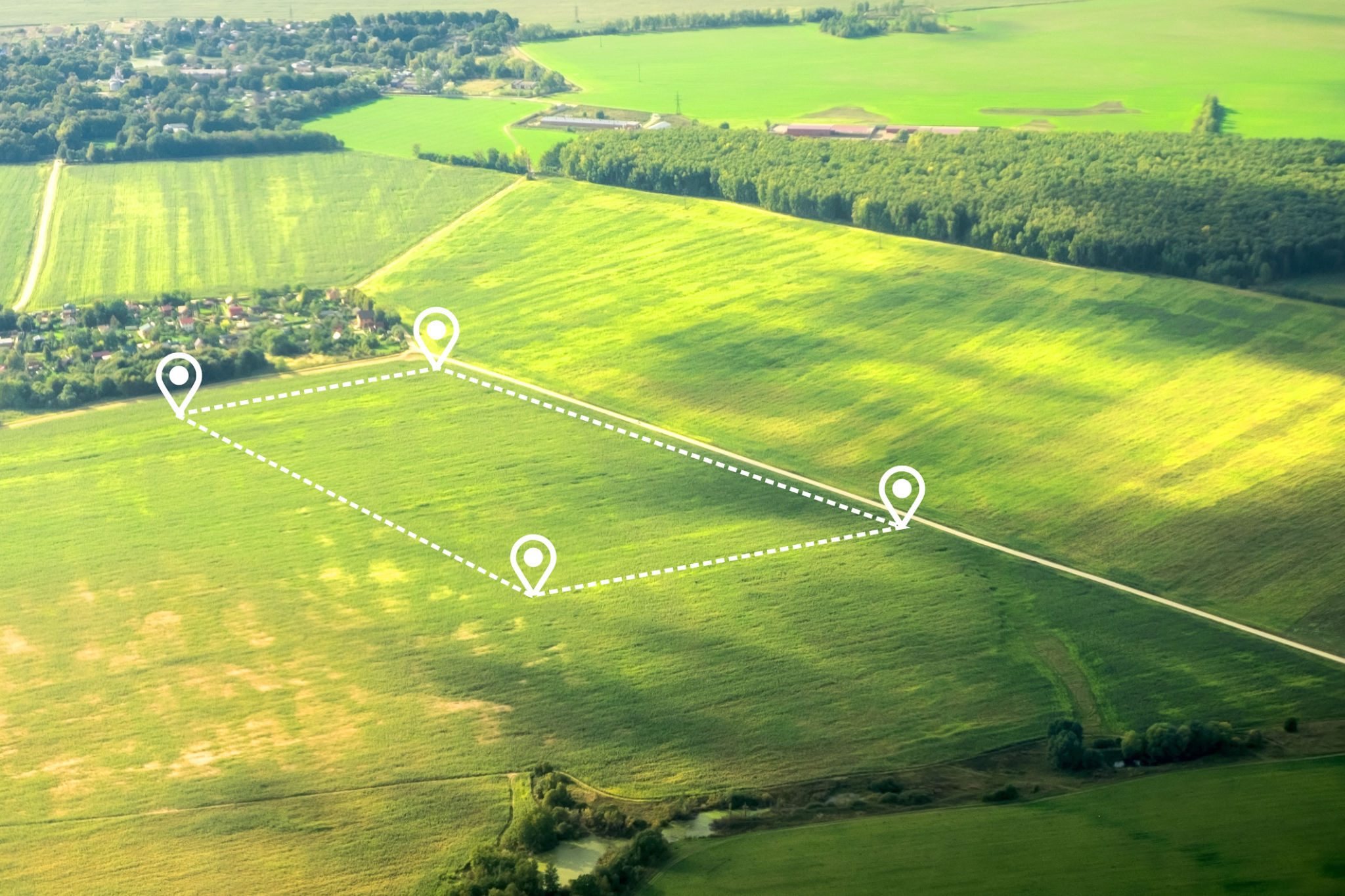How to Prepare Your Texas Farm for Seasonal Changes
Understanding Texas Climate Changes
Texas is known for its vast landscapes and diverse weather patterns. Preparing your farm for seasonal changes in Texas requires a good understanding of the local climate. Texas experiences a variety of weather conditions, from scorching summers to mild winters, and even unexpected storms. Recognizing these patterns is the first step in ensuring your farm remains productive throughout the year.
As the seasons shift, it's crucial to monitor weather forecasts and historical climate data specific to your region. This information will help you anticipate changes and make informed decisions about planting, harvesting, and protecting your crops and livestock.

Preparing Your Soil and Crops
Soil preparation is fundamental to a successful farming season. Before planting, test your soil to determine its nutrient levels and pH balance. Based on the results, you might need to amend the soil with organic matter or fertilizers to ensure optimal growing conditions.
Consider crop rotation practices to maintain soil health and reduce pest infestations. Selecting the right crops for each season is also essential. For example, warm-season crops like tomatoes and peppers thrive in the Texas summer, while cool-season crops such as lettuce and carrots are better suited for the mild winters.

Livestock Management
Seasonal changes affect livestock health and productivity, making it essential to adjust management practices accordingly. Ensure that your animals have adequate shelter to protect them from extreme weather conditions. During the hot summer months, provide sufficient shade and water to prevent heat stress.
In cooler months, increase feed rations to help animals maintain their body temperature. Regular health checks and vaccinations will also help keep your livestock healthy throughout the year.
Water Management Strategies
Water is a critical resource for any farm, especially in Texas, where drought conditions can occur. Implementing efficient water management strategies is vital to sustaining your farm's operations. Consider installing rainwater harvesting systems to collect and store runoff during rainy periods.

Investing in drip irrigation systems can also improve water efficiency by delivering moisture directly to the plants' roots, reducing evaporation. Monitoring soil moisture levels and adjusting irrigation schedules according to weather conditions ensures that your crops receive adequate water without wastage.
Pest and Disease Control
Pests and diseases can pose significant threats to your farm, especially during seasonal transitions. Regularly inspect your crops and livestock for signs of infestation or illness. Implement integrated pest management (IPM) practices that combine biological, cultural, and chemical methods to control pests sustainably.
Planting pest-resistant crop varieties and encouraging beneficial insects can help reduce pest populations naturally. Additionally, maintaining cleanliness in livestock areas minimizes the spread of diseases.

Maintaining Farm Equipment
Your farm equipment plays a crucial role in daily operations, so keeping it in good working condition is essential. Conduct regular maintenance checks on tractors, plows, and other machinery to ensure they are ready for use when needed. Replace worn-out parts and keep equipment clean and lubricated to extend its lifespan.
Proper storage of equipment during off-seasons also helps prevent damage from weather exposure. By maintaining your machinery, you ensure that your farm runs smoothly throughout the year.
Plan for Future Seasonal Changes
Preparation for seasonal changes is not a one-time task but an ongoing process. Keep detailed records of weather patterns, crop yields, and livestock performance each season. This data will help you refine your strategies over time and improve your farm's resilience to changing conditions.

Stay informed about new agricultural technologies and practices that can enhance your farm's productivity and sustainability. By continually adapting to seasonal changes, you can ensure a prosperous future for your Texas farm.